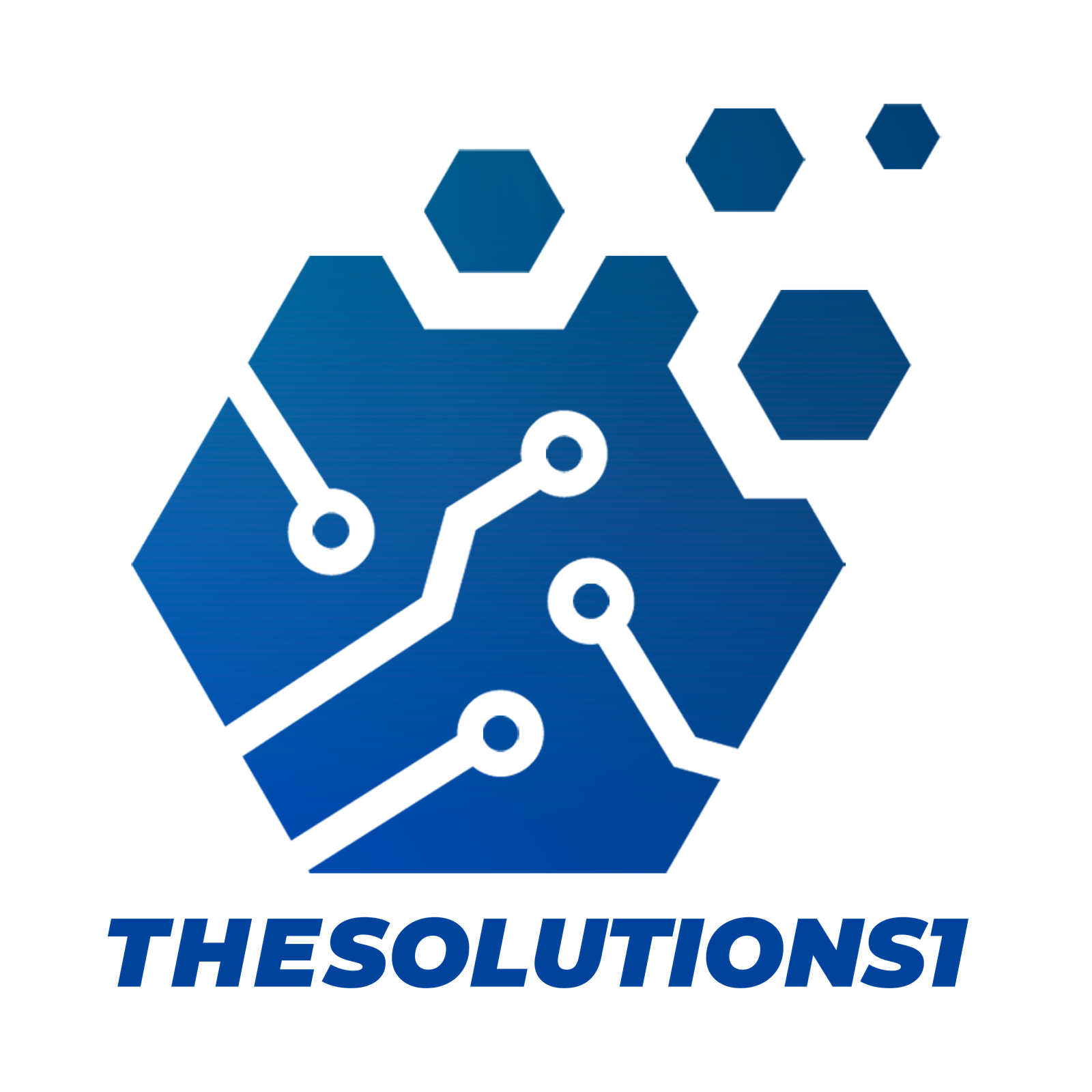Design Thinking and Business Agility
Design thinking has become the go-to approach to developing products that are more customer-centric. The design thinking process exposes customer needs on a more human level by developing stronger user empathy and experimenting in phases to get a process or design just right. It turns out that agile and design thinking have a lot in common, and melding the two together can add tremendous value to agile practices.
For example, project teams can build extra time into sprint activities to better understand customer pain points and improve the overall customer journey. Taking time up front to build user empathy and getting quick design feedback will help streamline prototyping and testing, as well as helping visualize a solution that can set the team on the right path. Within the agile environment, companies should consider ‘dual track agile’ or ‘staggered sprints’ that include user empathy, ideation, and feedback loops as an adjacent part of the agile process. A design thinking mindset delivers a more customer-centric strategy from the beginning without impacting the speed of the agile process.
Scaled Agile and Scrum Approaches Continue to Dominate
The scrum development approach empowers project managers to effectively coordinate the activities of cross-functional teams and produce working code in phases at the end of each iteration or sprint. Companies today are now turning toward scaling their scrum activities to deliver greater value and improve collaboration. The idea of extending agile from individual scrum teams to large-scale programs is gathering steam. Smaller teams have reaped the benefits, so they are comfortable with the basic principles. Now (usually with executive management’s guidance), those tenets can be scaled to larger projects.
As for the most popular frameworks, SAFe® is rated as the top-scaled agile methodology last year, according to a survey from StateOfAgile.com, outpacing the Scrum@Scale framework by 19 percent. Leading SAFe approaches are the most complete for large-scale Agile projects and support the successful transformation of organizations into Lean-Agile enterprises. SAFe scrum masters are highly valued as they are trained to plan and execute projects in the context of the enterprise, not just individual sprints. Scale is the name of the game in today’s business environment to ensure departments are all working from the same playbook.
AI and Machine Learning Support Agile Too
Even when agile approaches are running at full steam, there is still a great degree of analytical labor that must take place by project teams, such as testers and product developers. AI and machine learning algorithms are playing an increasingly important role in data analysis in the project and development environments. They provide real-time data and lightning-fast analytical capabilities, for example, to offer clear predictions of when project phases will be complete. That’s especially important when projects get close to the release phase, and the eyes of multiple executive constituents are glued to the schedules.
AI and machine learning provide additional benefits to agile as well, including:
- Providing more precise insights and cleaner processes for creating and testing programming code.
- Reviewing code with better accuracy to identify and eliminate bugs.
- Integrating with innovative smart technologies such as the Internet of Things (IoT) devices, robotic process automation (RPA), quantum computing, and other cutting-edge technologies to speed development time and get products to market faster.



